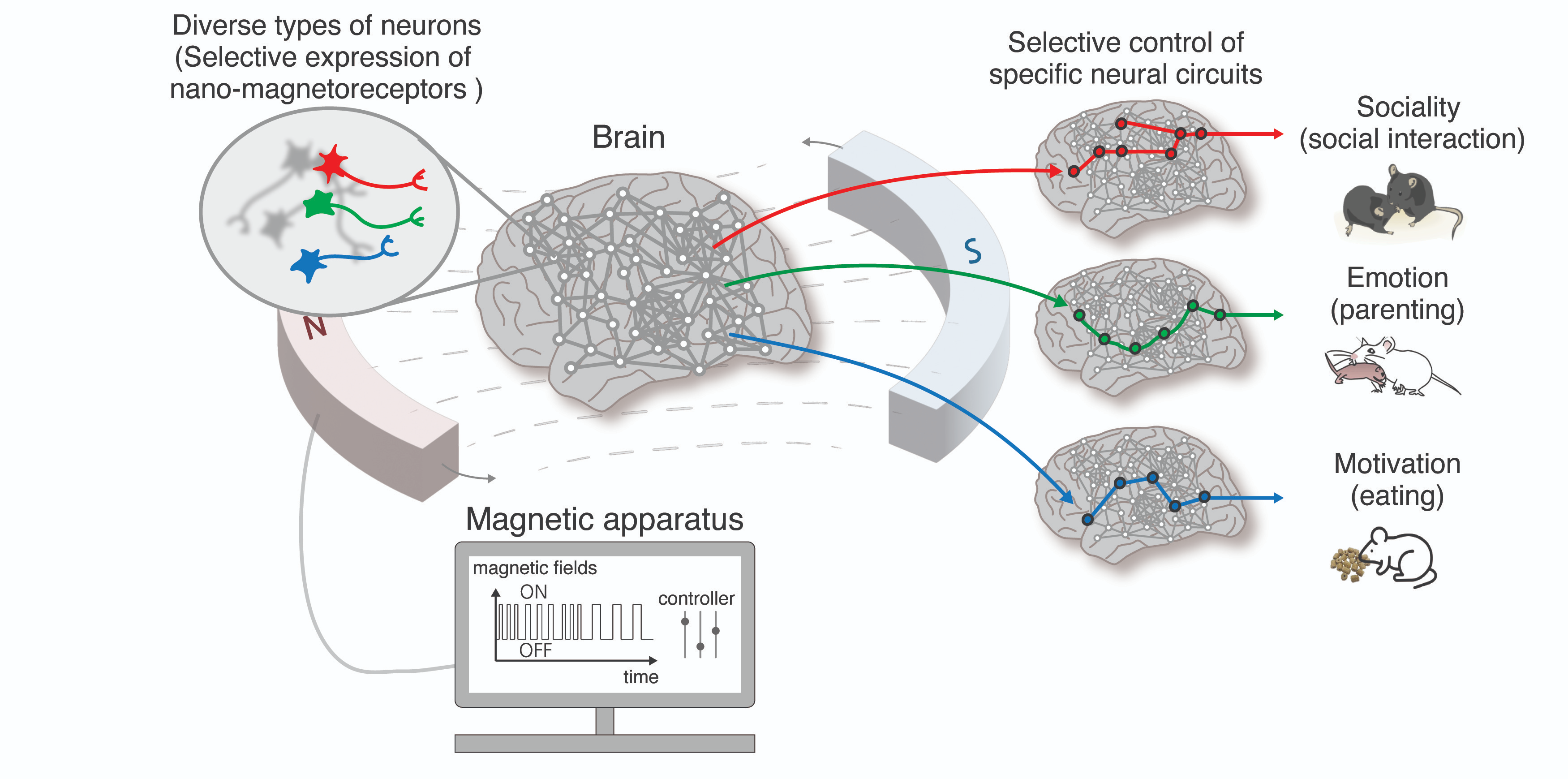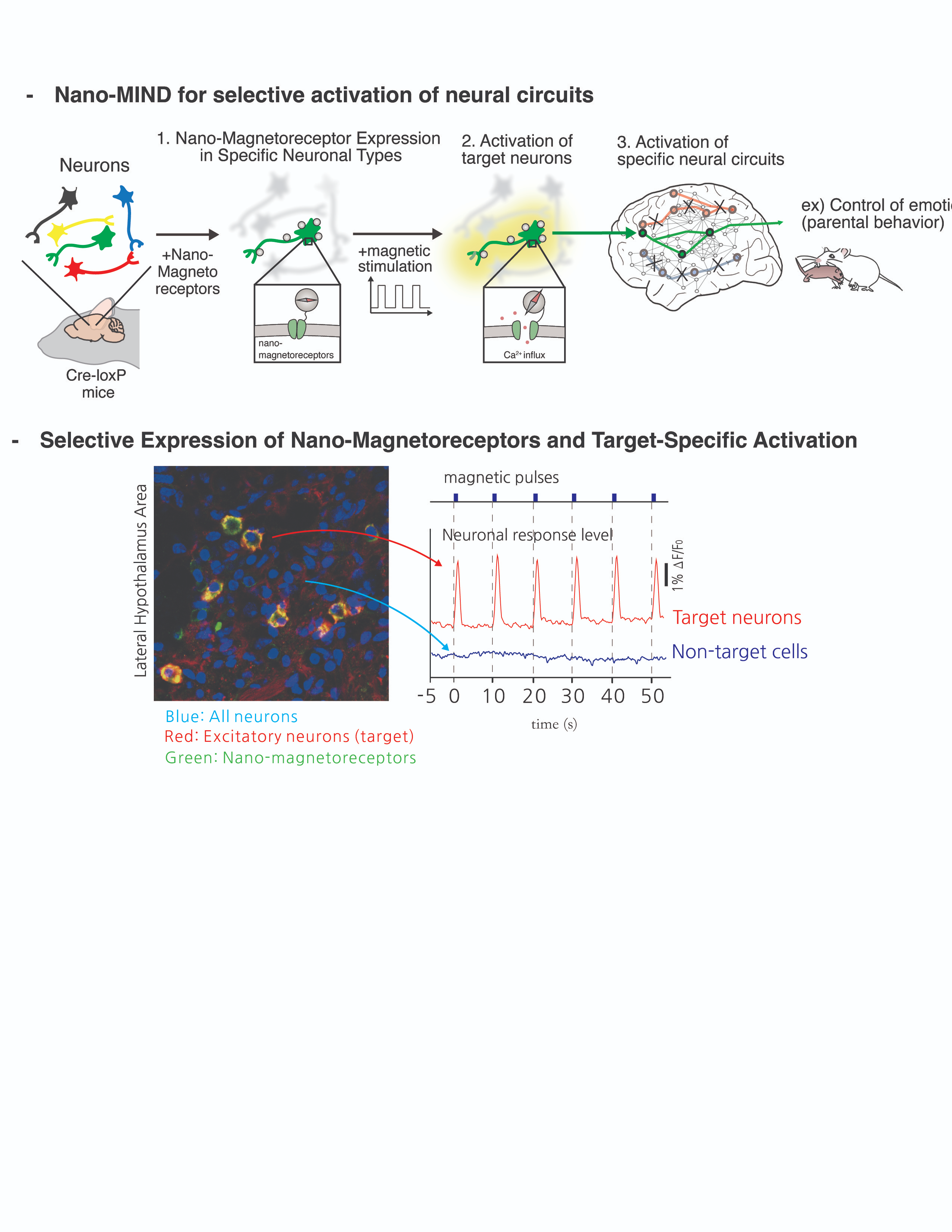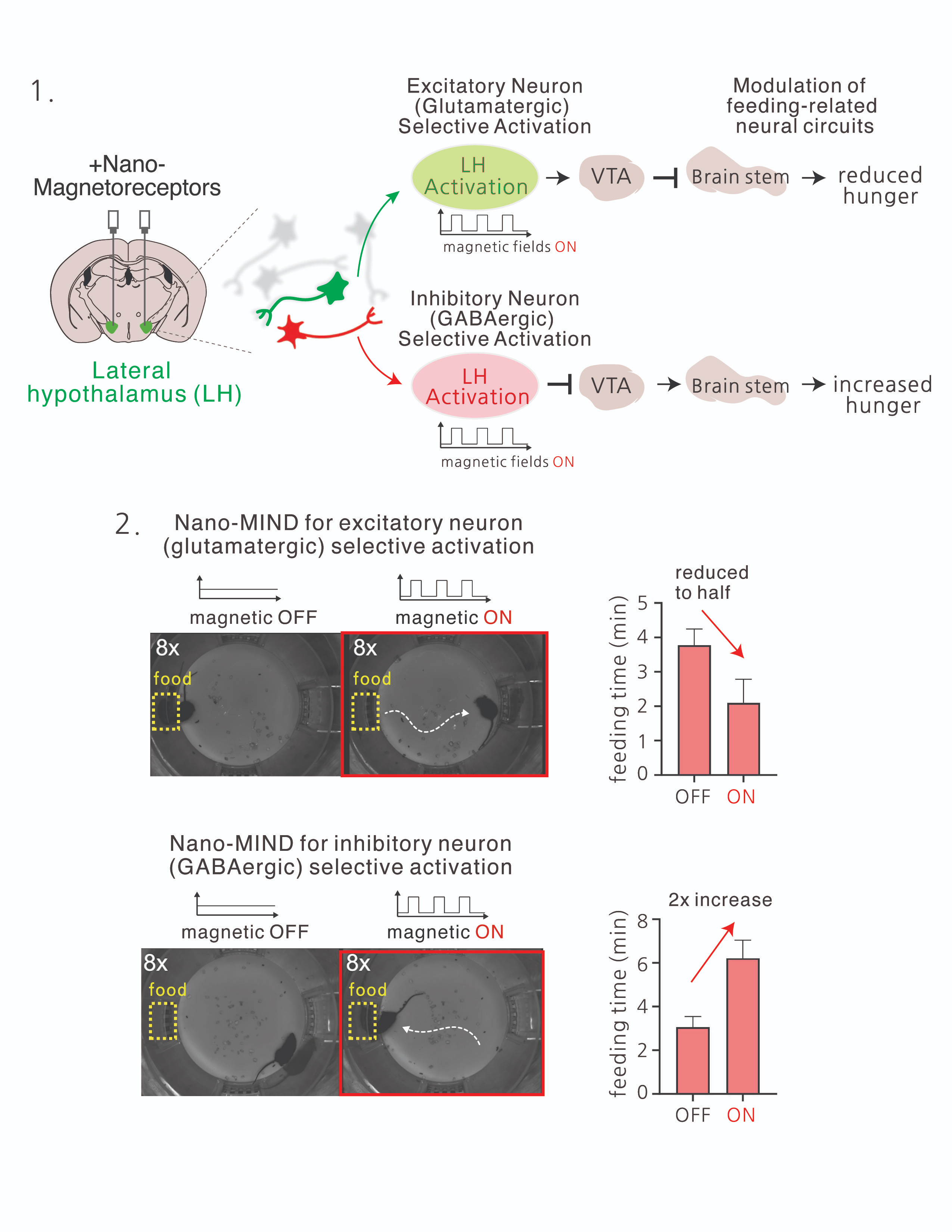주메뉴
- About IBS 연구원소개
-
Research Centers
연구단소개
- Research Outcomes
- Mathematics
- Physics
- Center for Underground Physics
- Center for Theoretical Physics of the Universe (Particle Theory and Cosmology Group)
- Center for Theoretical Physics of the Universe (Cosmology, Gravity and Astroparticle Physics Group)
- Dark Matter Axion Group
- Center for Artificial Low Dimensional Electronic Systems
- Center for Theoretical Physics of Complex Systems
- Center for Quantum Nanoscience
- Center for Exotic Nuclear Studies
- Center for Van der Waals Quantum Solids
- Center for Relativistic Laser Science
- Chemistry
- Life Sciences
- Earth Science
- Interdisciplinary
- Center for Neuroscience Imaging Research (Neuro Technology Group)
- Center for Neuroscience Imaging Research (Cognitive and Computational Neuroscience Group)
- Center for Algorithmic and Robotized Synthesis
- Center for Nanomedicine
- Center for Biomolecular and Cellular Structure
- Center for 2D Quantum Heterostructures
- Institutes
- Korea Virus Research Institute
- News Center 뉴스 센터
- Career 인재초빙
- Living in Korea IBS School-UST
- IBS School 윤리경영


주메뉴
- About IBS
-
Research Centers
- Research Outcomes
- Mathematics
- Physics
- Center for Underground Physics
- Center for Theoretical Physics of the Universe (Particle Theory and Cosmology Group)
- Center for Theoretical Physics of the Universe (Cosmology, Gravity and Astroparticle Physics Group)
- Dark Matter Axion Group
- Center for Artificial Low Dimensional Electronic Systems
- Center for Theoretical Physics of Complex Systems
- Center for Quantum Nanoscience
- Center for Exotic Nuclear Studies
- Center for Van der Waals Quantum Solids
- Center for Relativistic Laser Science
- Chemistry
- Life Sciences
- Earth Science
- Interdisciplinary
- Center for Neuroscience Imaging Research (Neuro Technology Group)
- Center for Neuroscience Imaging Research (Cognitive and Computational Neuroscience Group)
- Center for Algorithmic and Robotized Synthesis
- Center for Nanomedicine
- Center for Biomolecular and Cellular Structure
- Center for 2D Quantum Heterostructures
- Institutes
- Korea Virus Research Institute
- News Center
- Career
- Living in Korea
- IBS School
News Center
New Technology to Control the Brain Using Magnetic Fields Developed- Nano-MIND Technology for Wireless Control of Brain Circuits with Potential to Modulate Emotions, Social Behaviors, and Appetite - Researchers at the Center for Nanomedicine within the Institute for Basic Science (IBS) and Yonsei University in South Korea have unveiled a groundbreaking technology that can manipulate specific regions of the brain using magnetic fields, potentially unlocking the secrets of high-level brain functions such as cognition, emotion, and motivation. The team has developed the world’s first Nano-MIND (Magnetogenetic Interface for NeuroDynamics) technology, which allows for wireless, remote, and precise modulation of specific deep brain neural circuits using magnetism. The human brain contains over 100 billion neurons interconnected in a complex network. Controlling the neural circuits is crucial for understanding higher brain functions like cognition, emotion, and social behavior, as well as identifying the causes of various brain disorders. Novel technology to control brain functions also has implications for advancing brain-computer interfaces (BCIs), such as those being developed by Neuralink, which aim to enable control of external devices through thought alone. While magnetic fields have long been used in medical imaging due to their safety and ability to penetrate biological tissue, precisely controlling brain circuits with magnetic fields has been a significant challenge for scientists. Researchers at the IBS have successfully developed a cutting-edge magnetogenetics technology called Nano-MIND, which enables wireless and remote control of specific brain regions to modulate complex brain functions such as emotions, social behaviors, and motivation in animals. This advanced technology leverages magnetic fields and magnetized nanoparticles to selectively activate targeted brain circuits. The key innovation lies in the selective expression of nano-magnetoreceptors in specific neuronal types and brain circuits and activating them with rotating magnetic fields at precise moments, allowing for spatiotemporal control of neural activity. First, the Nano-MIND technology demonstrated its capability by selectively activating inhibitory GABA receptors in the medial preoptic area (MPOA), which is responsible for maternal behaviors. Activation of these neurons in non-maternal female mice significantly increased nurturing behaviors, such as bringing pups to their nest, similar to maternal mice. Additionally, the technology was used to regulate feeding behaviors by targeting motivation circuits in the lateral hypothalamus. Activation of inhibitory neurons within these areas resulted in a 100% increase in appetite and feeding behaviors in mice. Conversely, activating excitatory neurons led to a more than 50% reduction in appetite and feeding behaviors. These results show that nano-MIND technology can selectively activate desired brain circuits to bidirectionally modulate higher brain functions, paving the way for advancements in neuroscience and potential therapeutic applications. Director CHEON Jinwoo of the Center for Nanomedicine stated, "This is the world's first technology to freely control specific brain regions using magnetic fields. We expect it to be widely used in research to understand brain functions, sophisticated artificial neural networks, two-way BCI technologies, and new treatments for neurological disorders." This study was published in Nature Nanotechnology on July 3, 2023.
Notes for editors
- References
- Media Contact
- About the Institute for Basic Science (IBS)
|
| Next | |
|---|---|
| before |
- Content Manager
- Public Relations Team : Yim Ji Yeob 042-878-8173
- Last Update 2023-11-28 14:20










 Figure 1. Overview of nano-MIND technology - regulation of higher-order brain functions through selective control of specific neurons and brain circuits
Figure 1. Overview of nano-MIND technology - regulation of higher-order brain functions through selective control of specific neurons and brain circuits Figure 2. Activation of specific neurons and brain circuits through nano-MIND technology
Figure 2. Activation of specific neurons and brain circuits through nano-MIND technology
 Figure 3. Experiment on regulating brain circuits responsible for sociability and emotions using nano-MIND
Figure 3. Experiment on regulating brain circuits responsible for sociability and emotions using nano-MIND
 Figure 4. Bidirectional regulation of motivation control brain circuits using nano-MIND
Figure 4. Bidirectional regulation of motivation control brain circuits using nano-MIND

